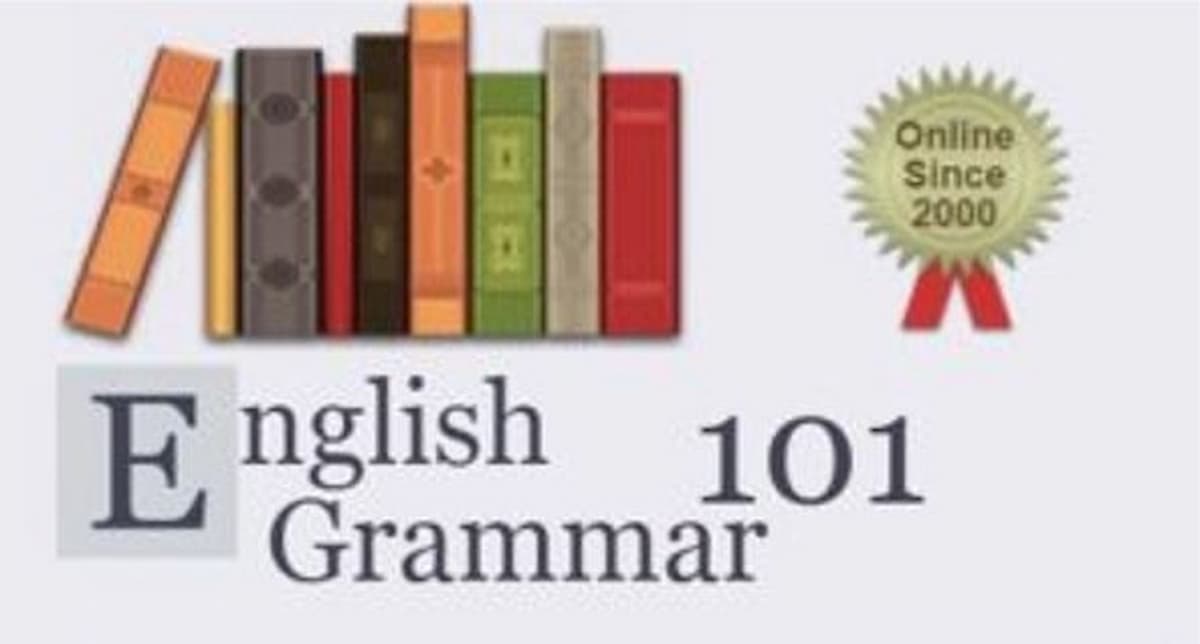
Finding money within a school’s budget to purchase curriculum materials or an online subscription to an educational product can be challenging since funds are not always available. Fortunately, we have several suggestions based on other teachers’ successes of how they have found funding for their curriculum and software purchases, and we’ve even put together an email template for you (see below) to share with these groups or individuals who may be willing to cover the cost of your curriculum supplies or subscriptions.
Start with Your Principal/Administration
Your principal may have knowledge of budget funds that can be used for specific purposes like technology in the classroom, Title I funds, school improvement funds, etc. That being said, be sure to provide your principal with some hard evidence as to the success of your product with your students.
Does the product or subscription you want to purchase record student progress or scores? If so, print out those results and present that evidence to your principal. Seeing direct and immediate feedback on student growth goes a long way in getting the funding you need rather than simple speculation on student improvement.
Does the product have any teacher reviews? Getting feedback from other teachers who have used the product is a great way to reassure your principal that it is effective. If you do have access to teacher reviews, how have they implemented it in their classrooms? Is it similar to how you would use in your classroom, or is it a new method of instruction you’d like to try? If it’s similar to how you would use it in your classroom, then there’s a direct connection for potential improvement among your students’ learning. If you would try using the product as a new method of instruction, your principal may be excited to see your own willingness to stretch your own teaching skills. That’s how we all improve, right? Getting out of our comfort zones for a change.
The more you can demonstrate to your principal that you have put some thought and effort into the implementation of the product, the more open he/she will be to helping you find some funding for it.
Does the product you want to purchase provide quotes? Having a quoted price from the company provides your principal with a concrete expectation of what it would cost to make this purchase. Be sure to inquire if there are any additional fees to purchasing or implementing the program. Some products have “professional development” fees that can add to the pricing, so be sure to ask about those up front and request that they be included in the quote. Also take into account any taxes that might need to be paid. Many schools have a tax exempt status which may factor in to your advantage, so be sure to check with your administration regarding this.
Check with Your Parent Teacher Association (PTA)
Many times, PTAs can fund or sponsor specific projects for teachers. Simply explain to them (via the template email below) what the product is, how it can benefit your students, and the expected cost to use this product with your students. If you are able to present the pricing on a cost-per-student basis, it will paint a much clearer picture of how inexpensive (or how pricey) it takes to implement this product on a per-student basis. A price tag of say, $200, might sound expensive, but if this will be used by 100 students, then $2 per student doesn’t seem so pricey any more.
Crowdfund Your Subscription
Crowdfunding is an excellent means of getting your subscription funded. There are lots of people with money who want to see their donation put to use in a more direct and concrete way, and if you can outline all of the benefits your students will receive from purchasing the product, the more likely someone will be to help you with this purchase. A simple online search for “crowdfunding for classrooms” will provide you with a plethora of resources to help you with your purchase.
Hopefully these suggestions will help you get started! As mentioned above, here is a pre-written template you can fill in to request funding from any or all of the sources listed above.
Email/Letter Template for School Administrators or PTAs
Dear [PTA President or School Administrator],
I would like to purchase [name of product], which is a [what the product does], to help my students [how the product can help your students]. I have tested/sampled/trialed the program, and I am impressed and extremely pleased with the benefits I’m seeing. For example, [you may insert an anecdote from your own experience here or you could include some general results from your students’ progress].
With the purchase of this product, I can [explain how this product will help you, the teacher]. This will be extremely helpful as I teach and monitor my students’ growth throughout the school year.
I am requesting a total of $___ in funding which will help [insert number] students. This would bring pricing to only [divide total price by total number of students] per student. I would be happy to answer any questions or to show you how [the name of the product] works.
Thank you for your consideration.
Sincerely,
[Your Name]
Read More

English Grammar 101 Alternatives

When You Ask for Analysis but You Get Summary Instead

Establishing Confident Writers Through Creativity and Self-Expression

Brainstorming Through Writer’s Block

Four Steps to Teaching Your Students Adverbs

How to Fire Your Internal Critic

What Just 10 Minutes of Daily Journaling Can Do for Student Writing


